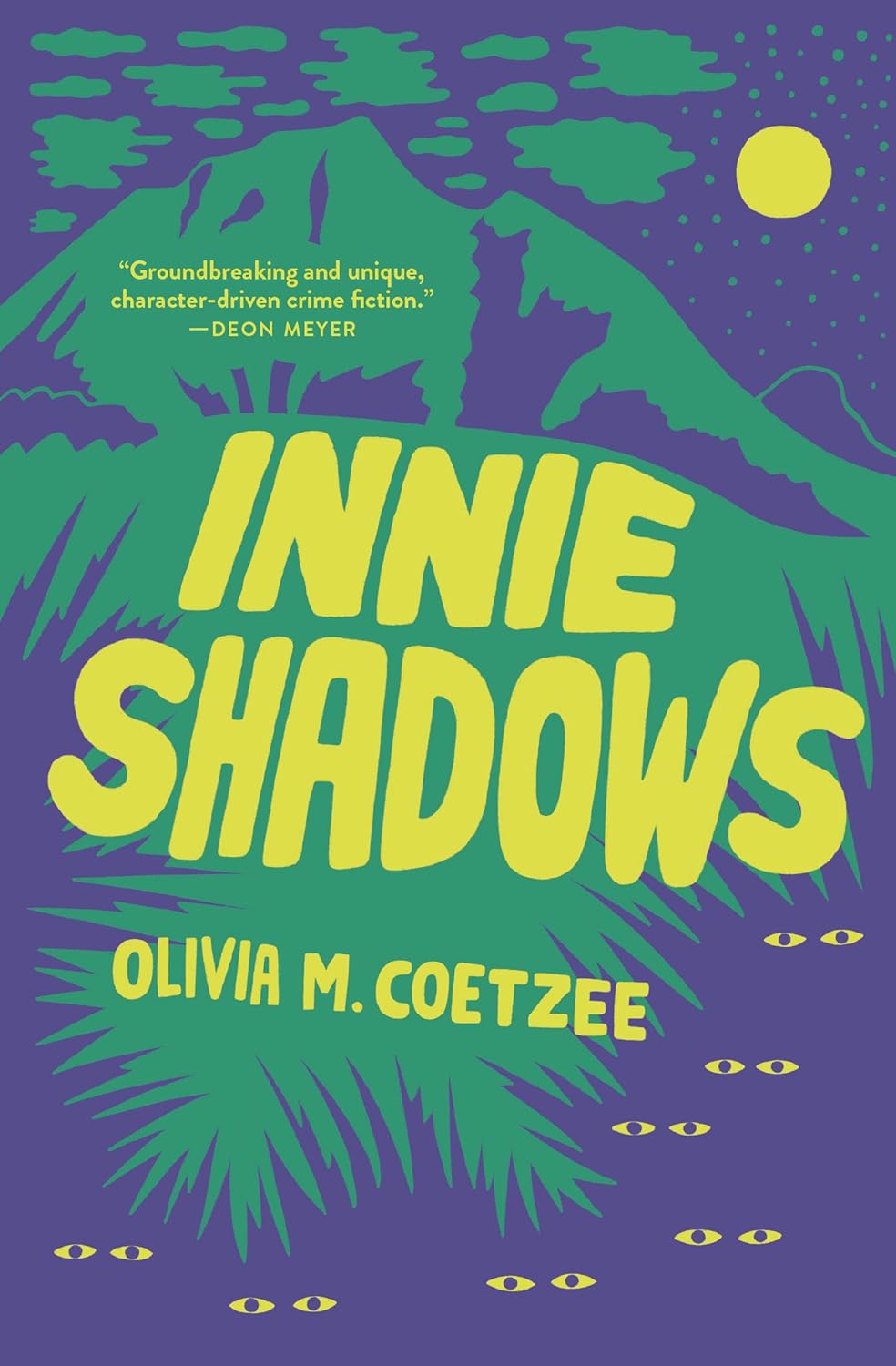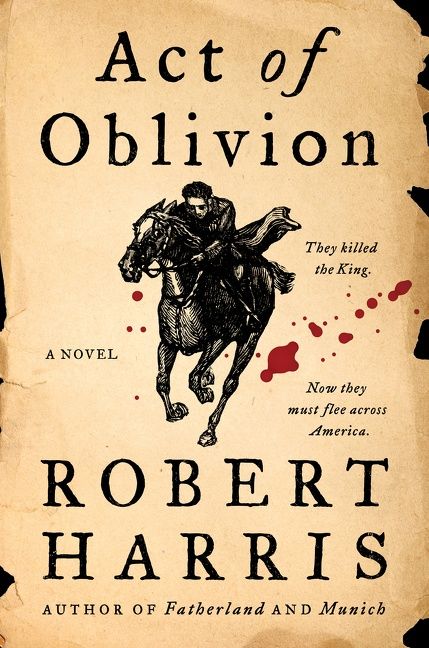Innie Shadows
- By Olivia M. Coetzee
- House of Anansi Press
- 176 pp.
- Reviewed by Susi Wyss
- October 23, 2024
A largely queer cast of characters unravels a murder outside Cape Town.

In the first chapter of Olivia M. Coetzee’s debut novel, Innie Shadows, the burned body of a man in his early 20s has been found on a rugby field outside of Cape Town, South Africa. Ley, a newly promoted detective, has been assigned to the case, with no immediate clues as to the identity of the man or how he met his gruesome end.
While this opening may sound like it follows the usual blueprint for a mystery novel, Coetzee’s tale is anything but formulaic. That’s not because of the setting — a neighborhood called Shadow Heights, or simply the Shadows, as residents refer to it. There are plenty of detectives novels set Africa, like Kwei Quartey’s Inspector Darko Dawson and P.I. Emma Djan series (Ghana), Femi Kayode’s Philip Taiwo series (Nigeria), Alexander McCall Smith’s No. 1 Ladies’ Detective Agency series (Botswana), and many, many others.
It’s not because Coetzee — who identifies as queer — has chosen for several of her main characters to identify as LGBTQ+. Book bans notwithstanding, there are ample mysteries with gay detectives, as well as books set in Africa with queer characters.
And it’s not even because Innie Shadows was originally written and published in Kaaps (an Afrikaans dialect that’s usually only spoken) and is the first novel written in Kaaps to be translated into English (by the author herself) — though that certainly makes the book unique in its own right.
What sets it apart from most other whodunits is that after introducing us to a corpse and a cop, Coetzee keeps Detective Ley nearly entirely off screen, turning her into an almost incidental figure. Instead, she opts to follow a broad cast of characters over nearly a fortnight, letting the solution to the mystery unspool through their day-to-day lives.
The novel’s primary characters are “the Terrible Five” — former schoolmates who’ve gone in different directions as adults but are still connected through their shared history. In addition to Ley, a lesbian who recently made detective and wants to prove herself, the group consists of Ley’s cousin Nique, a trans hairdresser with a soft heart; Gershwin, a closeted gay man who lives with his abusive mother while having an affair with the pastor his mother adores; Carl, a meth addict who’s been known to steal from his friends; and Sara, who is pursuing her dream of obtaining a scholarship to study in the U.S.
There is also an ample supporting cast, which includes Byron, a sadistic gang leader and boyfriend to Nique; Clint, Byron’s second-in-command; Toothless, a meth addict who’ll do anything for another hit to soothe his inner “dragon”; Rose, Gershwin’s abusive mom; Pastor Richard, the object of Rose’s unrequited affection; Mandy, Carl’s alcoholic sister; and Jen, Sarah’s recently widowed mother.
As Coetzee switches among the different points of view of her characters, the reader gets a vivid picture of what life in the Shadows is like, witnessing moments that at times feel familiar and everyday and at times horrific and heartbreaking. As Shadow Heights comes alive, almost becoming a character of its own, it reveals a sense of community that manages to trump the ever-present poverty, drug addiction, and crime:
“The small houses were squashed next to each other, with asbestos-cement roofs that shimmered green and gold when the sun rose, each one standing at attention before Table Mountain. Sometimes [Nique] prayed to win the lottery so she could help her people living in poverty. But no matter how bare people’s cupboards were, they always made it a point to paint their houses with bright colours and decorate their gardens with colourful flowers and green shrubs, shining a light into the corners of their lives in the Shadows.”
Through Coetzee’s many characters, we learn not just the identity of the burned body and how it ended up there, but also what makes everyone tick — their motivations and desires, their traumas and triumphs. She writes with an uncommon mix of objectivity and empathy, resulting in a narrative that is rarely black and white, such as when she relays the facts of Rose’s traumatic childhood and the circumstances of Gershwin’s birth. While neither excuse her abuse of her son, they do cast Rose in a more complex light.
There is one character, however, for whom Coetzee offers neither nuance nor empathy. Serving as a stand-in for every hypocritical and predatory clergyman, Pastor Richard becomes a symbol for the duplicity and evil of religious groups that take advantage of vulnerable and powerless people. In the end, by finally solving the riddle of what happened to one of their own, the residents of the Shadows are able to reclaim some of that power.
Susi Wyss is author of The Civilized World, a novel-in-stories set across Africa that was largely inspired by her 20-year career in international health. In addition to receiving the Maria Thomas Fiction Award, The Civilized World was named a “Book to Pick Up Now” by O, the Oprah Magazine.

.png)